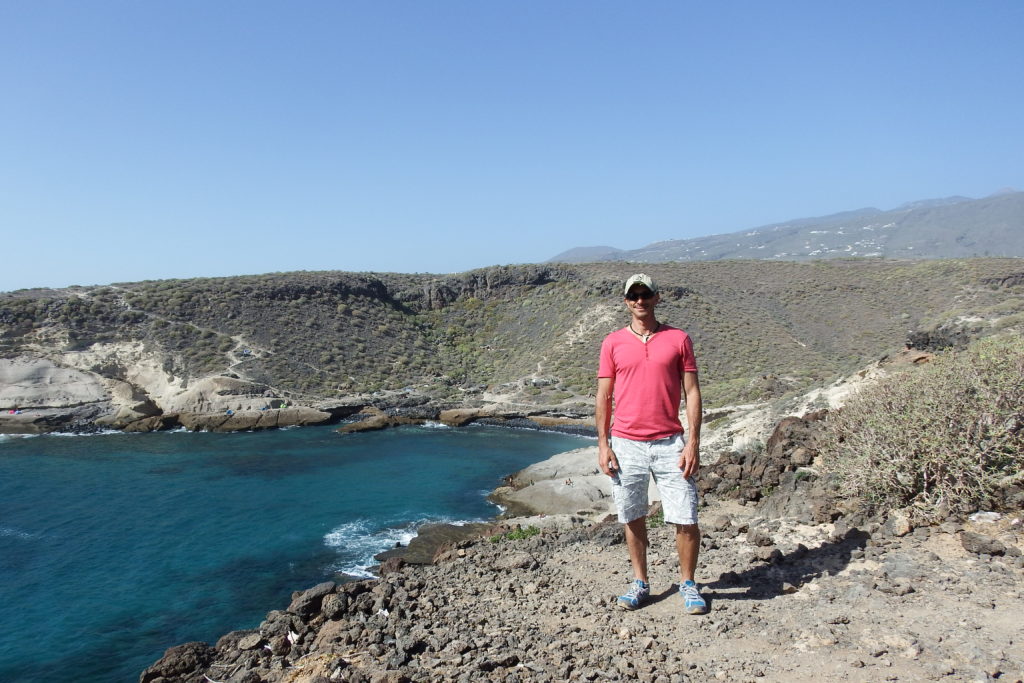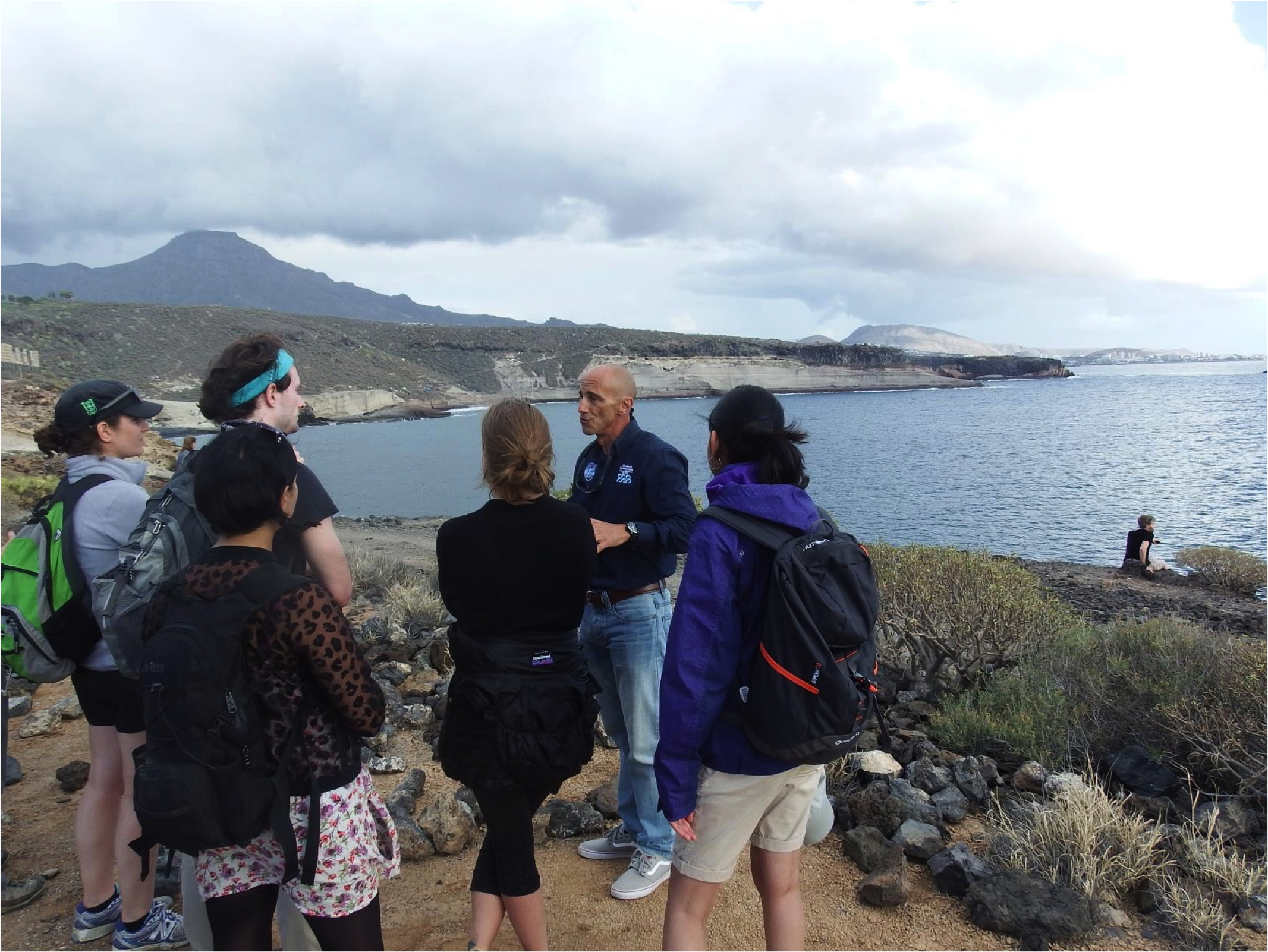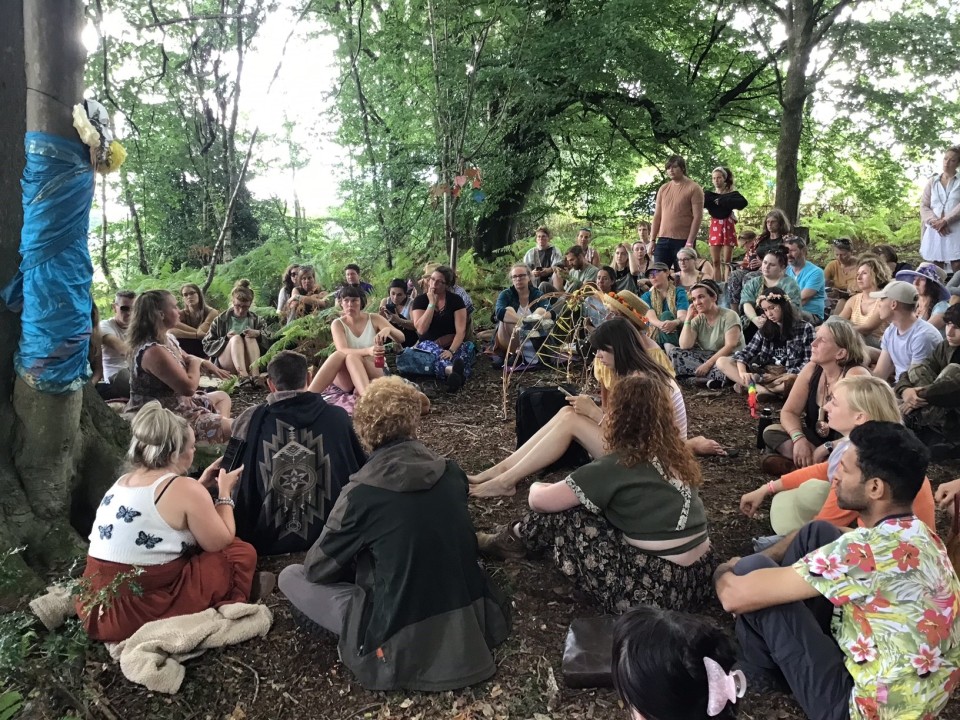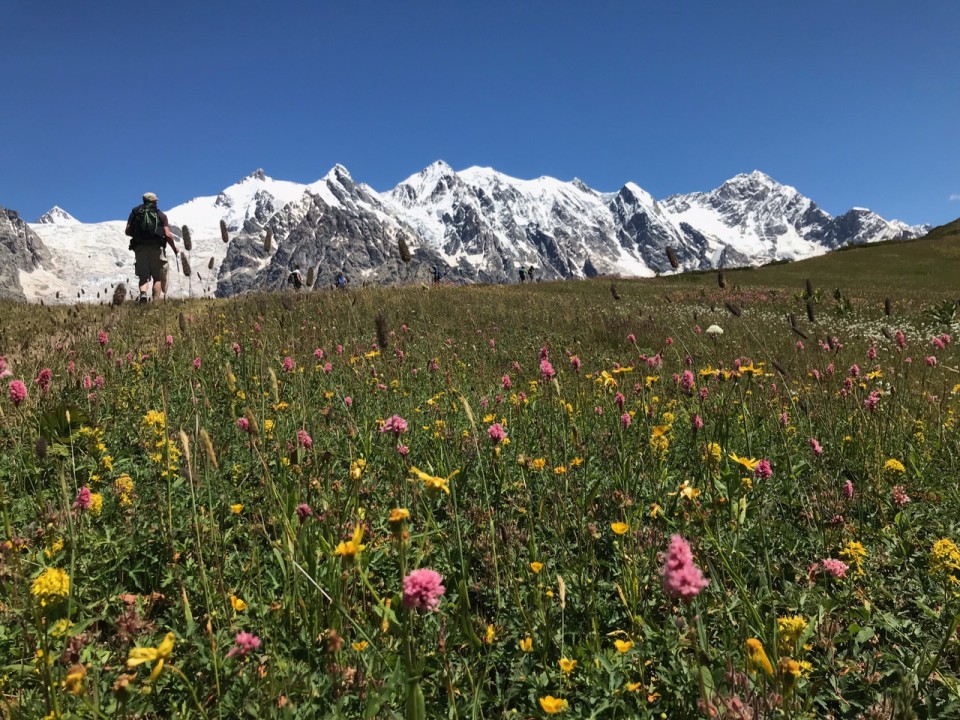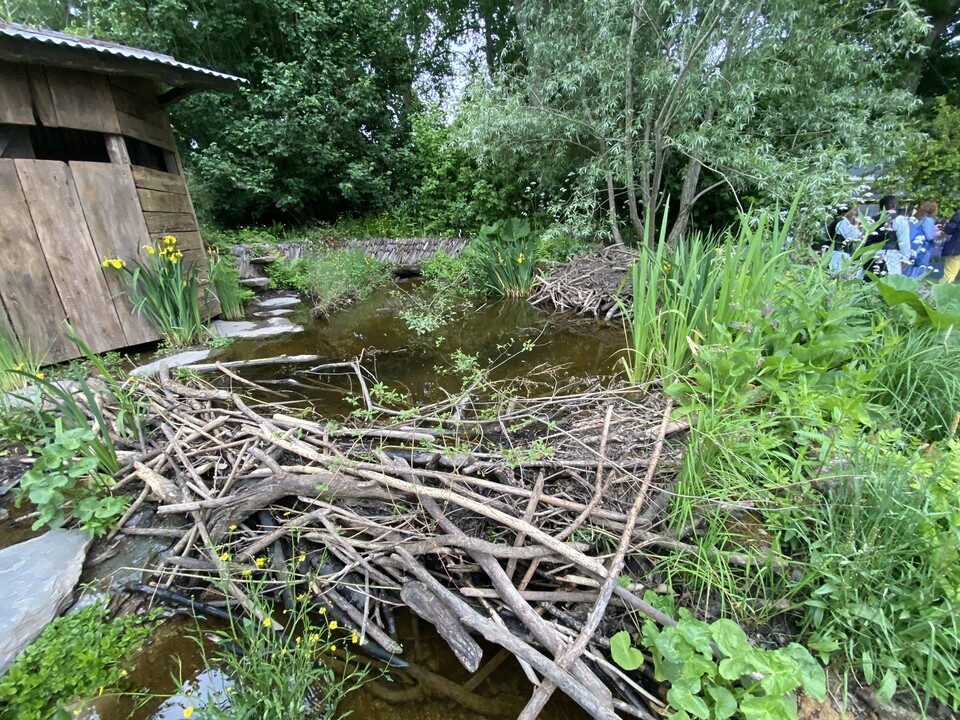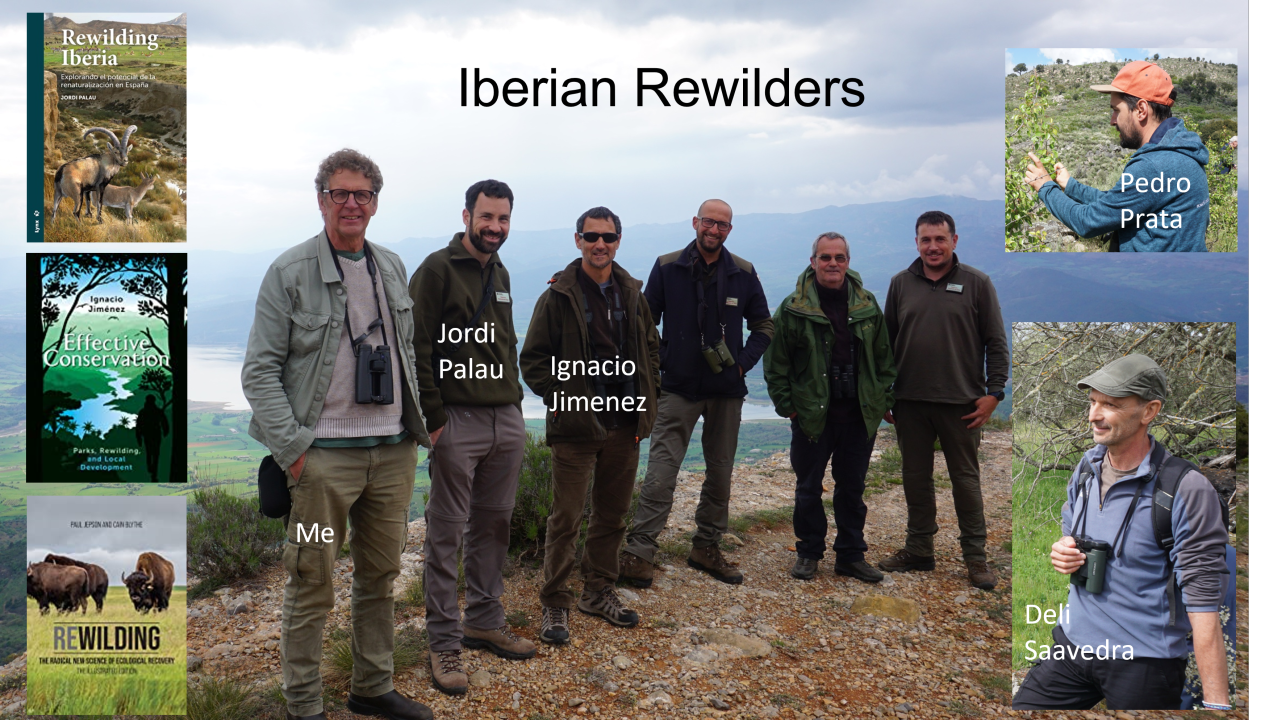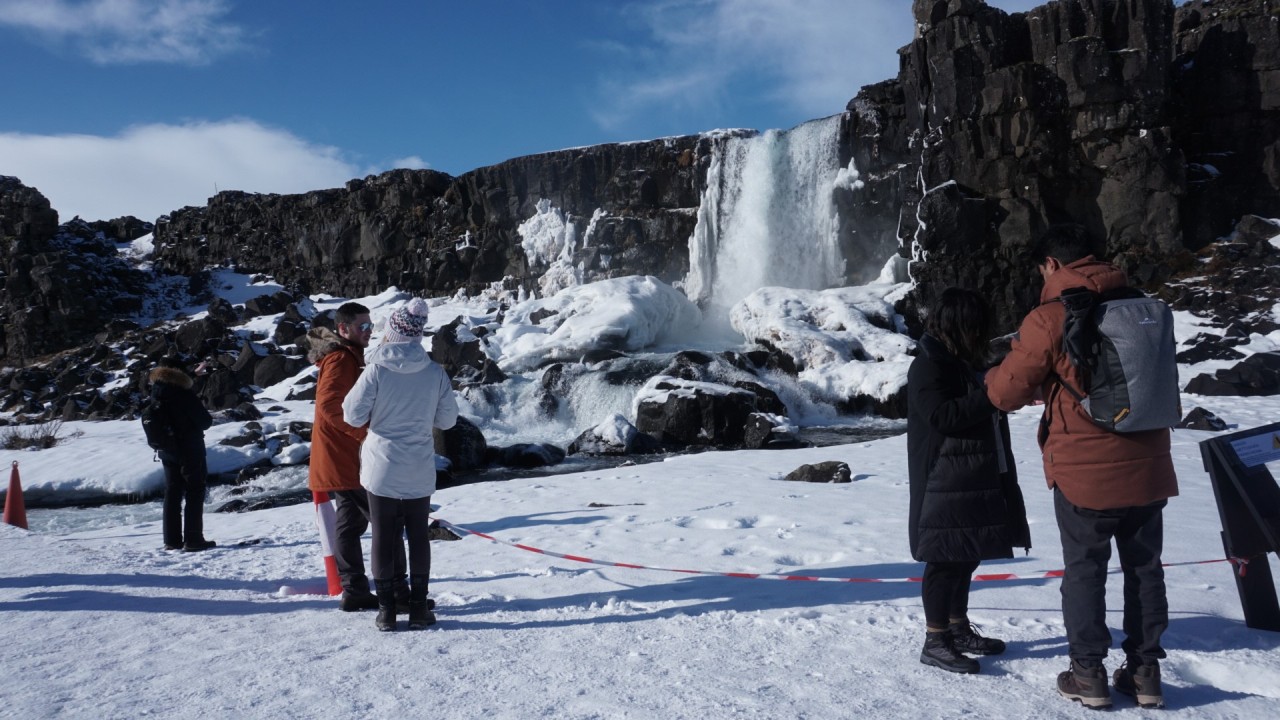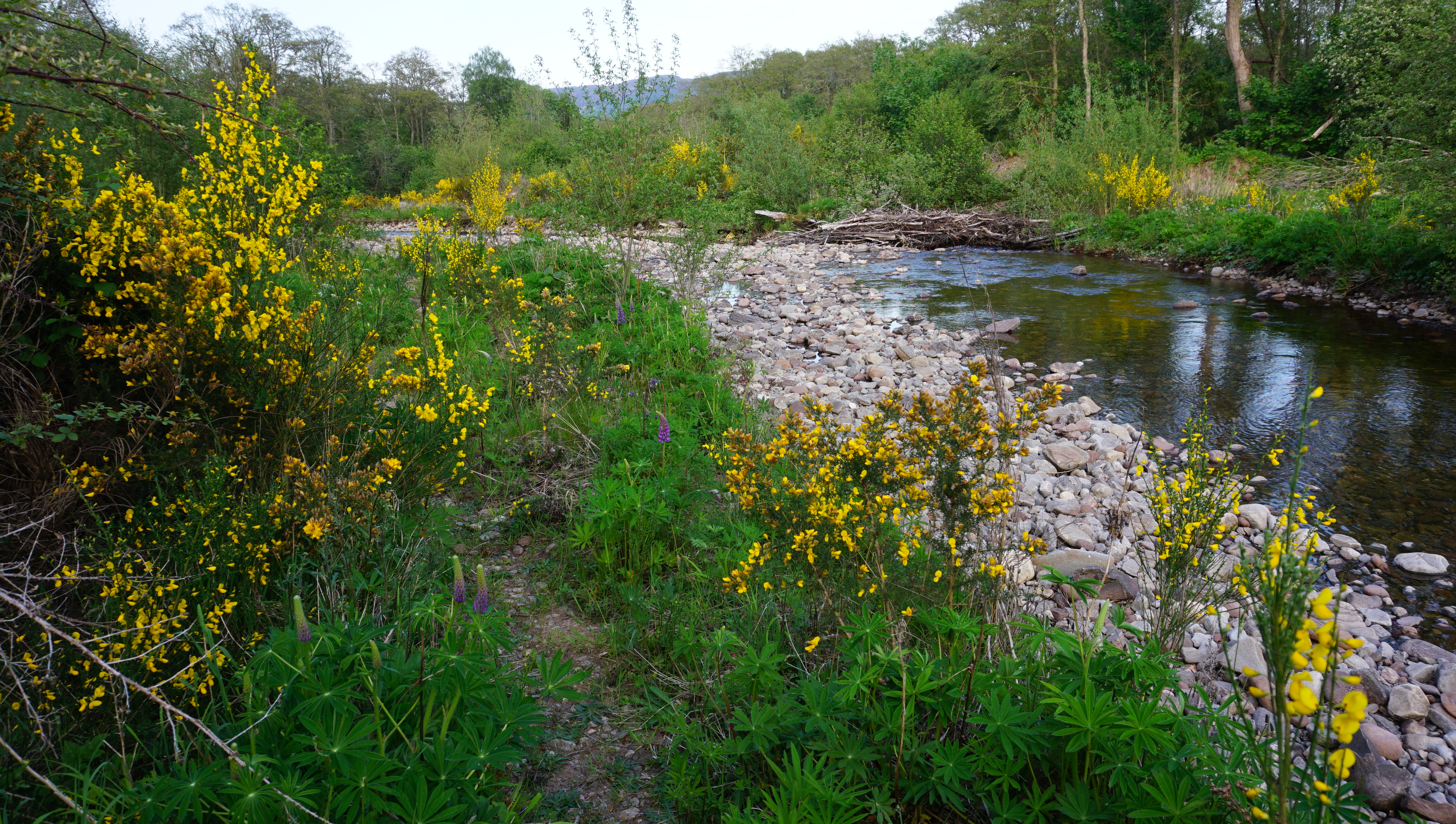David Novillo opened his presentation to my Masters students with the words
“Do today what you want to happen tomorrow”
Using an engaging mix of stories, facts and mine he went on to describe with humour, candour and humility his work to restore the marine ecosystems in the municipality of Adeje, Tenerife. But David is more than a gifted communicator. I bring my students to meet him because the work of his innovative Océano Sostenible enterprise illustrates the cutting edge interdisciplinary conservation that I teach.
David is a diver with a conservation dream: an entrepreneur who has mobilized his available assets to bring about change from the ground up. These include his experience in the dive industry, an out-going ‘can-do’ personality and a local administration looking to upgrade its tourism offer and willing to listen.
He started with a plan to control the population of lime urchins which strip the rocky seabird of life supporting algae. His focus was the small cove of El Puertito he imagined a future where the turtles seahorses, octopuses and fish shoals would return where people would discover and come to care about the life of Tenerife’s ocean.
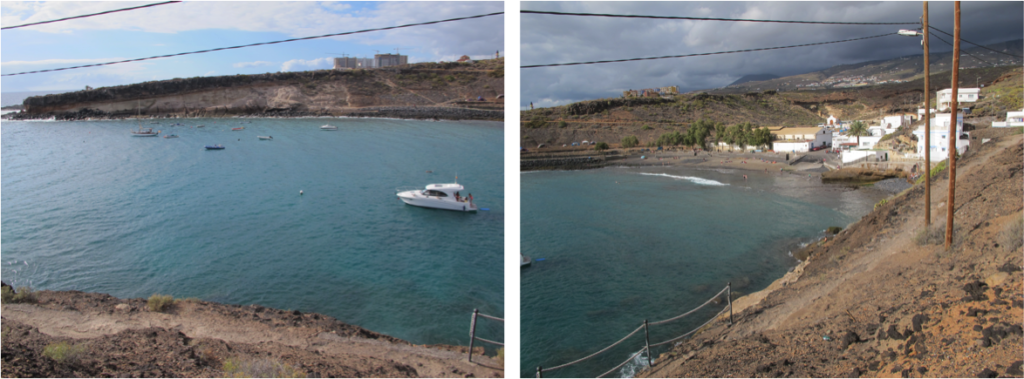
The small cove of El Puetito cove. Photos: Paul Jepson
Clearing the thousands of urchins requires many dives and diving is not cheap. David set up his foundation – Océano Sostenble – along side his dive company. Through the foundation he secured support from the municipality and local hotels to fund dive training on the condition that once trained the divers would ‘pay-back’ their training hours in volunteer hours to remove urchins. Through his company he marketed a ‘flyover’ (trail dive) experience where tourists could try out scuba diving and he and his team could monitor the urchin clean up and show them the recovering marine life.
Halfway through his presentation David he exclaimed “and the marine world says thanks so fast”, but then went on to explain how the return of turtles had proved a huge draw for other dive operators. He flipped into figures – in 2014 an estimated 7,260 boats and 57,400 visitors entered the bay – but it was a free for all. The turtles suffered propeller damaged and colesterol build up as a result of being fed fish by divers seeking a photo or boat operators trying to attract them to the surface. Five died and in 2017 the last surviving turtle was relocated from the bay on the instruction of the island conservation authority.
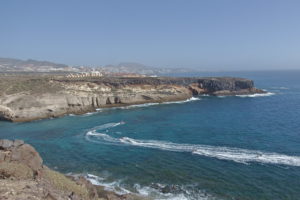
Jet ski safari. Following a boat means tourists can ride a jet ski without a licence.
David had foreseen the threat that popularity of sea-based tourism could pose to his restoration activities. Tenerife’s party capital Playa de la America is a few kilometers south of El Puertito and in Spain the coastal zone is public domain meaning that it is governed by the Directorate General of Coasts, Ministry of Environment in Madrid, 1750 km away.
David initially explored the possibility of acquiring a concession for his company or Oceano Sostenble so he could exclude other operators from the cove. He quickly realized that this was a no go. There is no precedent in Spain for granting marine concessions and anyway tourism concessions in Spain are normally only given to major enterprises. He changed tack. Leveraging the profile and good will thathis schools education programme had brought him int he community, he approached the municipality and suggested that the town hall ask Madrid for a marine concession where the local government could regulate access to the cove and charge to finance the restoration, monitoring and management of the area.
In 2016 all David’s dreams and efforts were jeopardized by another threat to El Puertito. A Belgian developer put forward a proposal to build hotels and apartments in the valley running inland from the cove, and the Municipality felt that the development would help develop and secure the local economy.
After his presentation that year we stood together overlooking El Puertito and David described to me the deep love he’d developed for the El Putito and how the news had hit him hard. “the municipality promised me that the sea lab and our education work would be protected, but it knew it would be impossible to combine marine restoration with a big population living around this tiny bay.”
He continued “They wanted my support, but I could not give it, I felt it was the end of my dream.” “After a couple of weeks I was invited up to the town hall to talk to them. I could see they felt bad, but I could also understand their perspective on why the municipality needed the development. So I said why don’t we expand the project to La Caleta bay next door and the Mayor said ‘deal’!”
David walked be across the peninsular to described his new vision It was then that I realized that he was a big-thinker with an intuitive grasp of how to get buyin for his ideas from different levels of government.
He estimates there are 3 million urchins to control in the bay, which is contiguous with the La Caleta Site of Scientific Interest, designated for its endemic flora and breeding Cory’s shearwater.
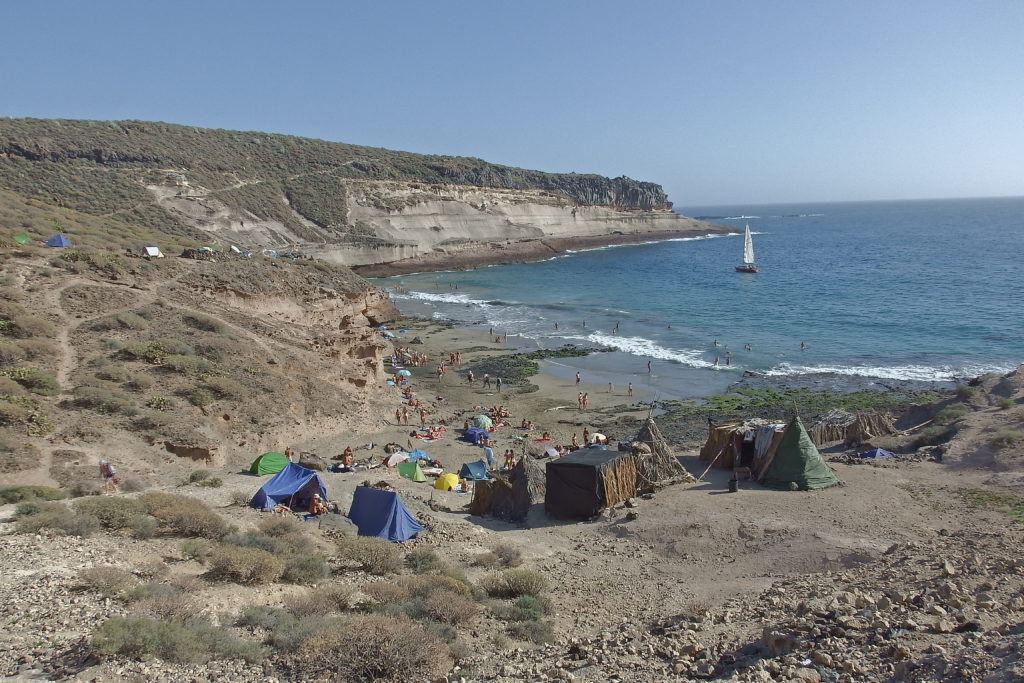
Informal beach settlement is a particular headache for the authorities.
“Every level of government can ‘win’ something from the La Caleta project. The ocean is a Natura 2000 site and under the competence of the Canary Island Government and the SSI is the responsibility of the Cabildo (Tenerife government). If all levels of government come together we can create a reserve that connects the terrestrial, marine and coastal zones and work together to find solutions to management problems like the marine tourism and hippies who have settled the area.
As noted earlier, coastal zone planning and management is the responsibility of the Spanish state, but municipalities have legal responsibility for urban planning. David together with officials from the town hall and Javier Almunia of the Loro Parque Foundation conceived the idea of marine resource concession, whereby the Ministry would delegate their planning and management competencies to Municipality who would also have powers to regulate the area and charge use fees.
In January 2017 this team traveled to Madrid to pitch their proposal to the DG of Coasts. They received a surprisingly positive response. The officials were already aware of their work because they had provided a grant for buoys to zone boat traffic in El Puertito a few years earlier and were looking for innovative models with the potential for wider application. Issuing a management concession was within their competence and did not need new legislation: what they needed was a worked up planning, management and financial proposal, which they could check for consistency with legislation.
David concluded his presentation with maps showing their survey transects and planned tourism use zoning. He is joining weekly technical meetings at the town hall to prepare the proposal concession. If, as looks likely, it comes to fruition Adeje municipality will be leading one of the most exciting marine restoration projects in Europe – one that is restoring a natural asset that will generate value for local enterprises and the tourism economy and be self-financed by fees charged to tourism operators.
David is proud of what he has achieved so far, but sees himself as an ideas man. His dream is that the relevant government agencies will take forward the project and he and his team can focus on sharing their love of marine environment with others and inspiring them to care.
Connect with David and Océano Sostenble on Facebook
